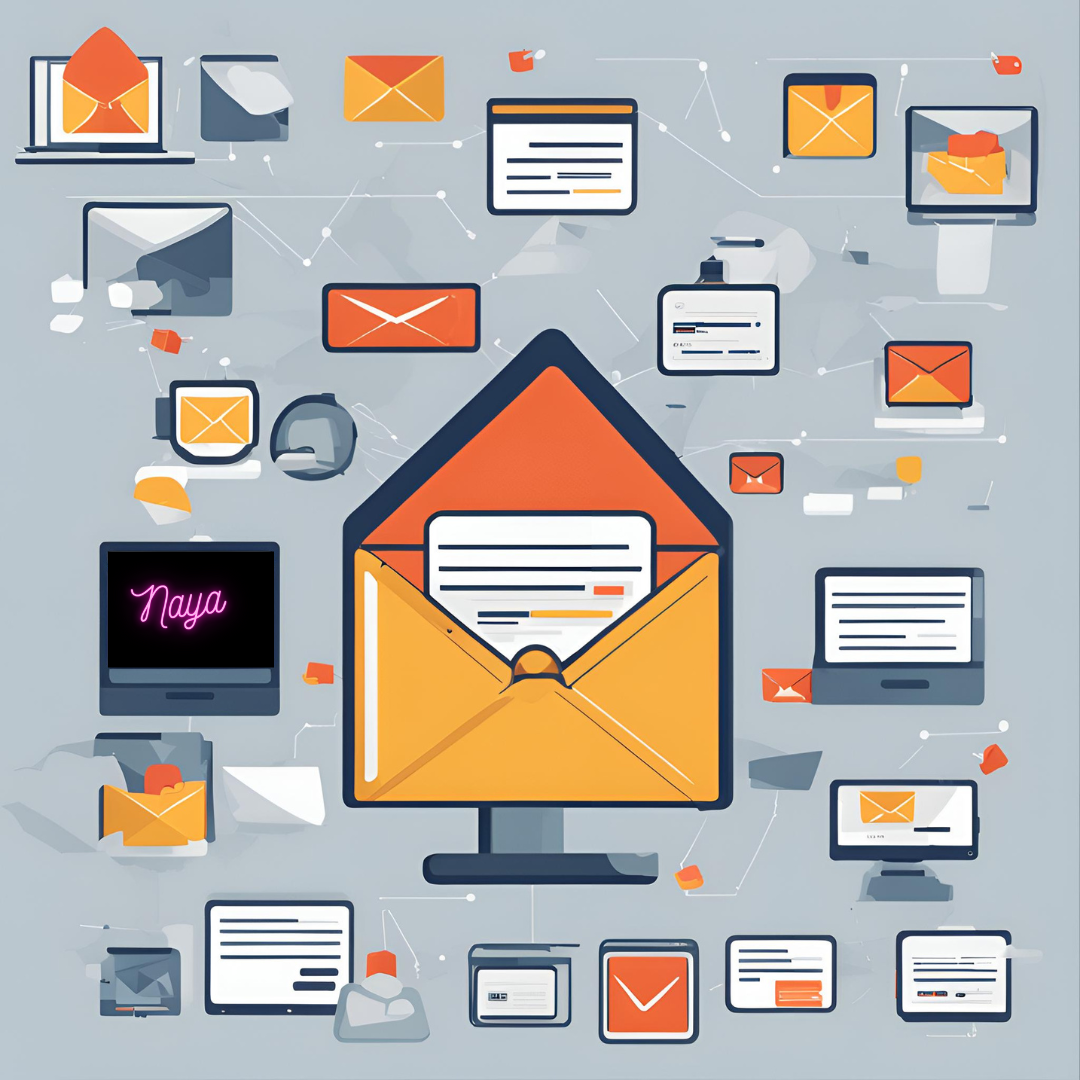Email marketing remains one of the most effective channels for engaging with your audience, nurturing leads, and driving conversions. A well-executed email marketing campaign can deliver significant returns on investment, foster customer loyalty, and boost overall business growth. In this comprehensive guide, we’ll explore the key steps to creating and optimizing email marketing campaigns that yield outstanding results.
1. Define Your Goals
Before launching any email marketing campaign, it’s crucial to define your goals. Clear objectives will guide your strategy and help you measure success.
Common Goals:
- Increasing Sales: Drive more sales by promoting products or services.
- Building Awareness: Raise awareness about new products, services, or company updates.
- Engaging Customers: Foster relationships with your audience through valuable content and engagement.
- Generating Leads: Capture new leads with compelling offers and lead magnets.
2. Build and Segment Your Email List
A high-quality email list is the foundation of any successful campaign. Focus on building a list of engaged subscribers who are interested in your brand.
Strategies:
- Lead Magnets: Offer valuable incentives, such as ebooks, webinars, or discounts, in exchange for email sign-ups.
- Opt-In Forms: Place opt-in forms on your website, blog, and social media channels to capture new subscribers.
- Segmentation: Divide your email list into segments based on demographics, behavior, and preferences. This allows you to send more targeted and relevant content to each group.
3. Craft Compelling Emails
The content and design of your emails play a crucial role in capturing your audience’s attention and driving action.
Strategies:
- Personalization: Use personalization techniques, such as addressing subscribers by their names and tailoring content based on their interests and behavior.
- Engaging Subject Lines: Write compelling subject lines that entice recipients to open your emails. Keep them concise and intriguing.
- Clear Call to Action (CTA): Include a clear and actionable CTA that guides subscribers towards the desired action, such as making a purchase, downloading a resource, or registering for an event.
- Visual Appeal: Use a clean and visually appealing design that aligns with your brand. Include images, videos, and infographics to enhance engagement.
4. Automate Your Campaigns
Automation can significantly enhance the efficiency and effectiveness of your email marketing campaigns. Automated workflows ensure timely and relevant communication with your subscribers.
Strategies:
- Welcome Series: Set up a series of automated welcome emails to greet new subscribers and introduce them to your brand.
- Drip Campaigns: Create drip campaigns that nurture leads over time by delivering valuable content and progressively guiding them towards conversion.
- Behavioral Triggers: Use automation to send emails based on subscriber actions, such as abandoned cart reminders, product recommendations, and follow-up emails.
5. Optimize for Mobile
With the increasing use of mobile devices, it’s essential to ensure your emails are optimized for mobile viewing.
Strategies:
- Responsive Design: Use responsive email templates that adjust to different screen sizes and devices.
- Short and Concise Content: Keep your content short and to the point, making it easy for mobile users to read and engage with your emails.
- Clickable CTAs: Ensure that your CTAs are easily clickable on mobile devices, with sufficient spacing around them to avoid accidental clicks.
6. Test and Analyze
Continuous testing and analysis are vital for optimizing your email marketing campaigns and improving performance.
Strategies:
- A/B Testing: Conduct A/B tests to compare different elements of your emails, such as subject lines, CTAs, and content. Use the results to identify what works best and refine your strategy.
- Track Key Metrics: Monitor key performance indicators (KPIs) such as open rates, click-through rates, conversion rates, and unsubscribe rates. These metrics provide insights into the effectiveness of your campaigns.
- Analyze Engagement: Analyze how subscribers interact with your emails to understand their preferences and behavior. Use this data to tailor future campaigns.
7. Ensure Compliance
Compliance with email marketing regulations is crucial to avoid penalties and maintain the trust of your subscribers.
Strategies:
- GDPR and CAN-SPAM: Ensure your email marketing practices comply with regulations such as GDPR (General Data Protection Regulation) and CAN-SPAM Act. This includes obtaining explicit consent from subscribers and providing clear opt-out options.
- Privacy Policy: Clearly communicate your privacy policy and how you handle subscriber data.
- Unsubscribe Process: Make it easy for subscribers to unsubscribe from your emails. Include an unsubscribe link in every email and promptly honor unsubscribe requests.
Conclusion
Email marketing remains a powerful tool for engaging with your audience, nurturing leads, and driving business growth. By defining your goals, building and segmenting your email list, crafting compelling emails, automating your campaigns, optimizing for mobile, testing and analyzing your efforts, and ensuring compliance, you can create effective email marketing campaigns that deliver outstanding results. Stay committed to continuous improvement and adapt your strategies based on data and feedback to maximize the impact of your email marketing efforts.


